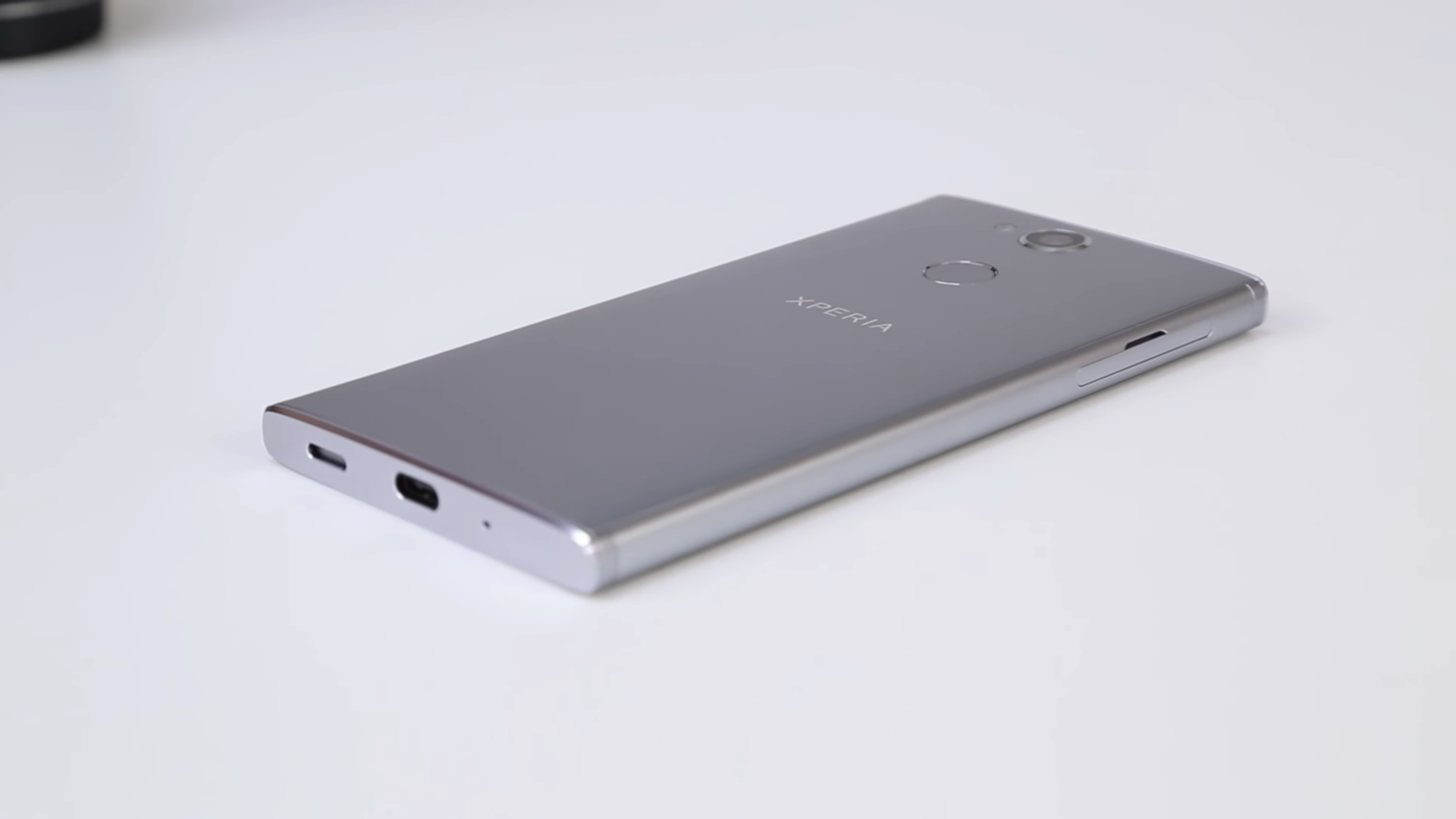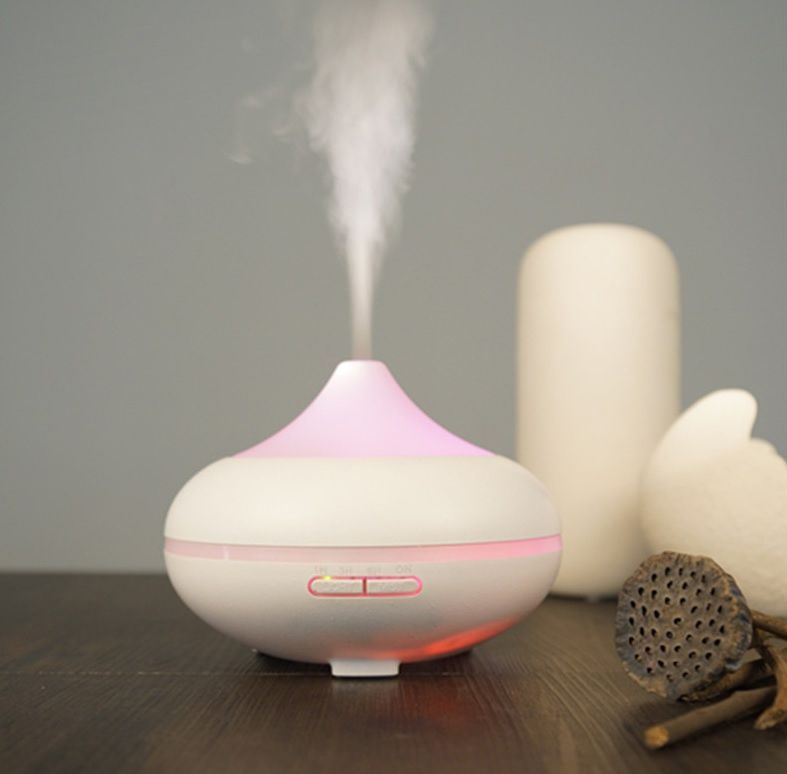Rating of the best press compactors for 2024
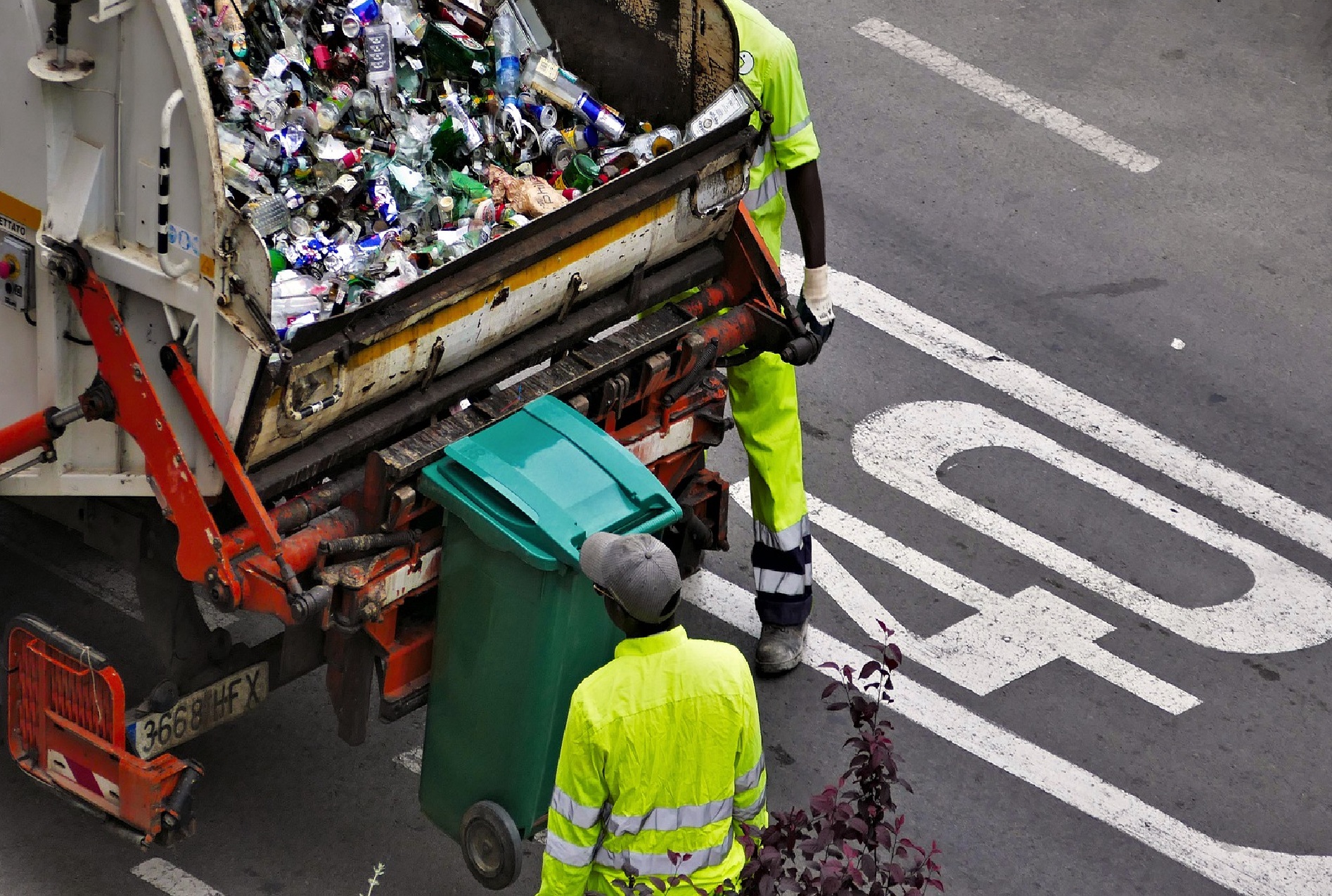
Waste disposal is one of the leading problems in the world. For Russia, it has become extremely important in recent years, experts designate the period since 2017 as a garbage crisis. Rosstat says the figures are 7.3 billion tons of waste from the Russian economy and 60 million tons of municipal solid waste from Russians.
25% of the annual volume of garbage of the average Russian is food waste, paper and cardboard “get” 20% each, and glass and plastic components - up to 17%. The rest is divided in different proportions into metal and mixed waste.
The efforts of the municipalities are aimed at creating an effective system for the processing of solid waste.

Press compactor
Compactors are used to compact the waste at an intermediate stage before processing.

Effective compression of paper, PET bottles, cartons, aluminum cans, mixed and organic materials is beneficially used:
- at the enterprises of housing and communal services;
- in hyper and supermarkets;
- at manufacturing enterprises, including private ones;
- in modern shopping malls.
Compression scale of the initial volume: from 3 to 10. The initial mass is compacted and compressed by the pressing plate with subsequent advancement into the receiving container. The movement of the press plate is cyclical with the constant capture of a new batch of waste. When filling the receiving container, the garbage block is removed and fed to the disposal site, as a rule, with special grippers.
Types of press compactors

To select the best option for solving the problem, manufacturers provide a number of models.
Stationary compactor
The main parts of the unit are a stationary press and a removable container.

In the presence of several containers, the process takes a closed loop by replacing a filled block with an empty one.
- transportation of large volumes;
- continuous work.
Mobile compactor
The unit consists of a single unit. Dismantling is not required, but the volumes are inferior to the previous model.

- tightness;
- effective sealing;
- mobility.
Private compactor

A small farm, hotel, or retail market may use household compactors.
How to choose the right press compactor
It is necessary to decide on the material of the garbage, since a simple press can be sufficient for solid waste of cardboard and paper, PET film, packaging, provided that the volume is small.
Criteria

The selection criteria include:
- mass or volume of debris;
- the nature of the waste;
- the required regularity of processing;
- stationary or mobile type;
- the possibility of purchasing replaceable containers;
- areas for the placement of the unit and storage of processed raw materials;
- temperature indicators;
- connectivity;
- cost.
Selection errors
With a heavy load on equipment, one should take into account the failure of individual parts and the possibility of their replacement. To include possible breakdowns and their elimination into the calculations means to save yourself from mistakes.

Each unit requires power supply, as well as compliance with sanitary standards.
The technical data specifies the allowable power, cycle speed and oil consumption for hydraulic presses. Without considering the above aspects, the buyer is at risk.
It is easy to draw a relationship between the increase in the mass of waste and the increase in the cost of their removal. You should calculate the profitability of purchasing a press compactor, taking into account the payback. Average statistical payback is 1 year.
The best press compactors
One of the important advantages for the medium-sized consumer in terms of volume is the ability to transport the compactor.
Mobile presses
Domestic manufacturers have made a breakthrough in specialized waste recycling technology and can offer worthy technology that is recognized in international programs.
VSK 20
A Russian-made mobile compactor press is effective for preliminary processing of solid waste during transportation. The pressing of cardboard, paper and film materials is reduced by a factor of 10.
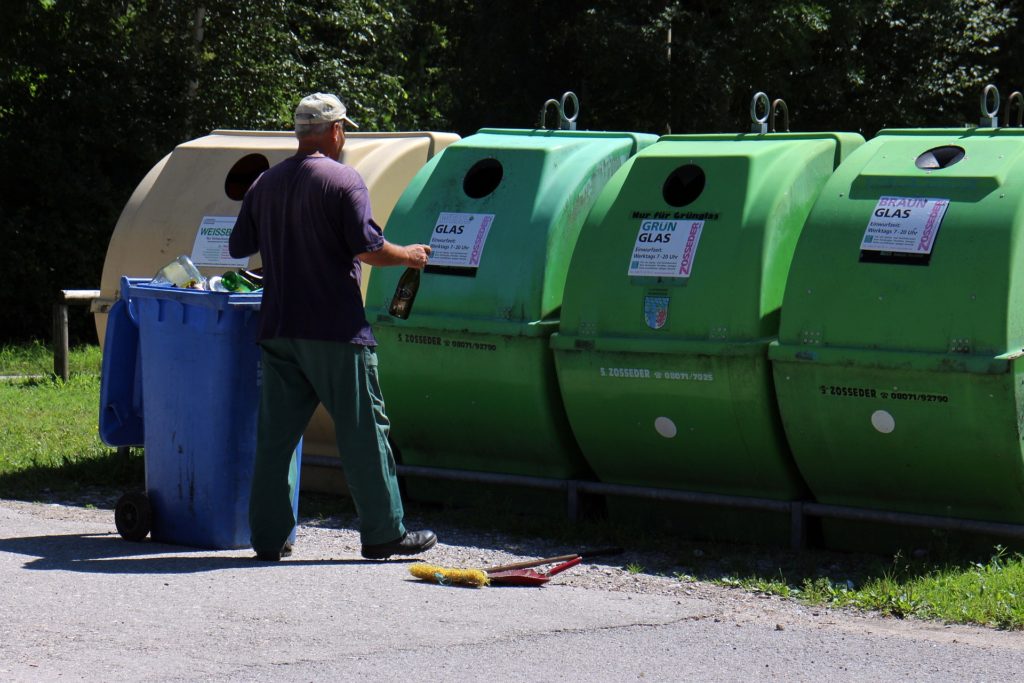
Loading is done by overturning the tank or manually into the press compartment. When the receiving container is filled more than 80%, an automatic signal occurs, when the filling is one hundred percent, the machine stops the work process.
Compactor models VSK 24 have a similar scheme and processing process; 7.5; 10; 16.

All models belong to the type of mobile units and differ in size, performance, container volumes, according to which the marking is carried out.
| VSK, models | parameters | |||
|---|---|---|---|---|
| container, volume, m³ | Production volume, m³ per hour | Power indicator, kW | Pressing, force, tons | |
| 24 | 24 | 100 | 5.5 | 35 |
| 20 | 20 | 100 | 5.5 | 35 |
| 16 | 16 | 80 | 5.5 | 30 |
| 10 | 10 | 60 | 4 | 30 |
| 7.5 | 7.5 | 55 | 4 | 30 |
- compliance with sanitary standards;
- the presence of a tank tipper;
- control unit for ease of operation;
- sealed storage with exclusion of access;
- the presence of a discharge system for liquid;
- without special training of personnel;
- heated bottom;
- the loading window is equipped with a tube and a lid;
- oil heating system;
- the presence of an ozonizer;
- suitable for processing solid waste, glass, paper, cardboard;
- two-year warranty.
- not.
PRESSMAX 900
Mobile monoblock equipped with presses approaching the capacity of stationary units. Compression ratio 3-6 times.
The model range differs in engine power, dimensions, volume of the receiving box, and the volume of the working compartment.

| Pressmax, models | parameters | |||
|---|---|---|---|---|
| storage container, volume, m³ | Unit weight, kg | Power indicator, kW | Hydraulic system, pressure, MPa | |
| 920/16 | 16 | 3700 | 5.5 | 175 |
| 920/20 | 20 | 3880 | 7.5 | 175 |
| 925/20 | 20 | 3950 | 7.5 | 175 |
| 920/16 / Bio | 16 | 3650 | 7.5 | 150 |
| 920/20 / Bio | 20 | 3950 | 7.5 | 150 |
- large storage block size;
- recommended for indoor and small utility areas;
- in model 930-20, a hydraulic drive of special equipment is connected with the ability to operate a manipulator crane;
- indispensable for large garbage volumes;
- Bio series for wet waste;
- ban on odors and access due to tightness;
- quick payback from one year;
- the ability to rearrange the unit;
- the manufacturer is a laureate of the 2007 competition program.
- not identified.
HUSMANN bio SPB SW-E
A sealed unit for processing wet waste, protected from waste leakage, has a special pendulum type plate design.

The purpose of the biocompactor is to process waste from hospitals, markets, hotels, nursing homes, agriculture and animal husbandry.
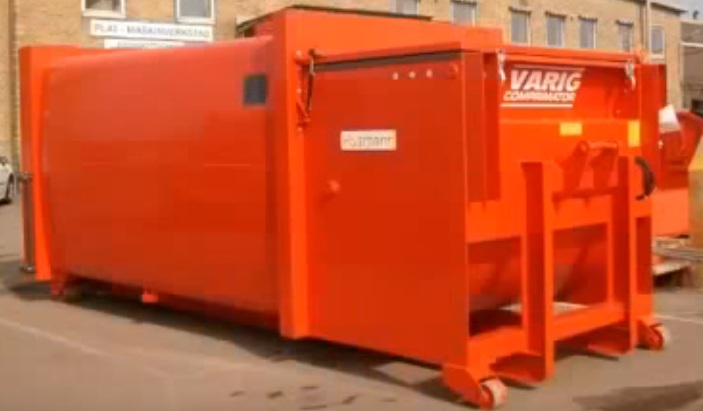
- without cleaning the bale chamber;
- the presence of a hinged cover on the shutter;
- anti-corrosion coating of two levels, with high resistance;
- guarantee of tightness and absence of odors;
- high compliance with sanitary requirements;
- replacement of standard structural elements is provided;
- it can be equipped with a tipper lift.
- not.
Stationary press compactors
The units compress all types of waste with effective volume reduction, exclude the consumable transport part.
Europress ECP series
Units of stationary type of high power from a Finnish manufacturer, having a pre-pressing plate in the design for bulk material and raw materials.

Pressing takes place in two passes, which allows filling the receiving container as much as possible, excluding voids and pockets. Raw materials can consist of paper and cardboard, film, wood and mixed waste incinerated.
| Europress | Parameters | |
|---|---|---|
| EPC 3 HD | EPC MINIEPC | |
| Pressing, pressure, tons | 8(+)35 | 8(+)32 |
| Production, capacity, m³ per hour | 51 | 31 |
| Working period, sec | 152 | 139 |
| Container, capacity, m³ | 20-24-27-30-32 | |
| power, kWt | 7.5 | 7.5 |
| Weight, kg | 430 | 430 |
- efficiency when used at transfer stations;
- the "autostart" function frees you from the presence of a specialist;
- loading can be done from ground level, with loaders and buckets;
- optional equipment with a tipping system for working with large tanks of 1000 liters;
- remote GSM access for diagnostics and information about filling level;
- at critical ambient temperatures, an additional oil cooling-heating function is introduced;
- repair services and supply of spare parts;
- installation, dismantling services with a quality guarantee;
- presence in the market of equipment for waste management since 1997;
- participation of the enterprise in international exhibitions WASMA, on efficient technologies and equipment in the processing and utilization industry.
- not detected.
RzhevMash RZM PC40-200

The company for the development and production of equipment for the collection, sorting, processing and pressing of garbage dates back to 2013. The company has united several dozen industries, including the manufacture of press compactors.

Loading and transportation for the supply of large, in terms of weight, waste masses is a priority indicator.
| parameters | ||||||
|---|---|---|---|---|---|---|
| Model | pressing plate, stroke, mm | Hydraulic oil, filling, liter | Hydraulic cylinder rod, gain, nominal, tons | Unit weight, kg | Power indicator, kW | Hydraulic system, pressure, MPa |
| RMZ PC40-200 | 2100 | 350 | 40 | 8500 | 18.5 | 20-24 |
- short pressing period of 35 seconds;
- works in all weather conditions;
- guarantee;
- the possibility of technical support by managers;
- fast payback;
- large volumes of processing;
- continuous work.
- absent.
WERNER WEBER STP-CA / K / NL
The new concept of the short press is represented by the most efficient ratio between the large loading door and the total length of the press machine.
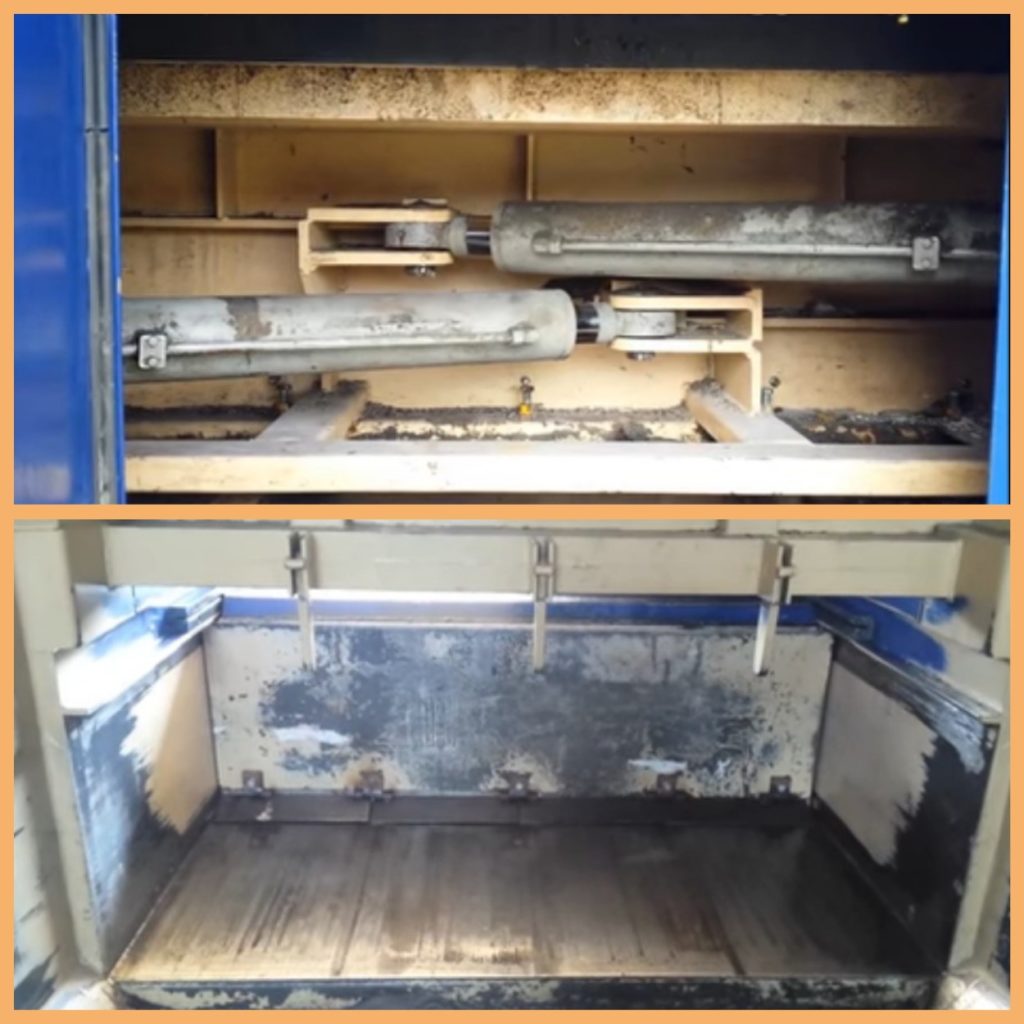
The two-cylinder cross-type system is a new design of a small area, which made it possible to increase the bale chamber itself due to the saved space.
| WERNER WEBER | Parameters | ||
|---|---|---|---|
| Model | STP-CK | STP-CL | STP-CL.75 |
| loading chamber, volume, m³ | 1.57 | 3.14 | 3.14 |
| Productivity stroke, m³ | 1.34 | 2.23 | 2.23 |
| Work cycle, sec. | 30 | 49 | 49 |
| Throughput, maximum, m³ / hour | 162 | 164 | 164 |
| Press, pressure, kN | 270 | 270 | 330 |
| Loading chamber, length, mm | 925 | 1695 | 1695 |
| Loading, height, mm | 1370 | 1370 | 1370 |
| Overall width, mm | 2750 | 2750 | 2750 |
| Overall height, mm | 1440 | 1440 | 1440 |
| Weight, kg | 2400 | 2560 | 2650 |
| power, kWt | 5.5 | 5.5 | 7.5 |
| Electrical connection | 50 Hz, 400V, 16 (32) А |
- the speed and quality of waste processing;
- large volume of the loading hatch;
- low loading height;
- electrical control from standard Moeller parts;
- one hydraulic valve for smooth operation and convenient maintenance;
- the scraper blade at the bottom of the press plate prevents material from entering the plate;
- automatic fixing means;
- light annunciators when the container is 75% full;
- can be used for organic, paper, mixed, aluminum waste, PET containers:
- sleeve, manual, conveyor loading, possible with a loader.
- not.
Plast compactors
Film and woven waste of polymers in production are subject to processing using innovative technologies. Capsulators work with a higher efficiency and a shorter period of time.
STANKO P-300

The use of a plastic compactor is suitable for polypropylene, HDPE, LDPE, PS, polypropylene, PET waste, similar raw materials, which can be processed later to the granule stage, or use the injection molding, extrusion method.

| Stanko | Parameters | ||
|---|---|---|---|
| Model | Stanko P300 | Stanko P400 | Stanko P500 |
| Movable rollers, pieces | 3 | 3 | 3 |
| Moving rollers, diameter, mm | 187/225 | 225 | 300 |
| Working area, diameter, mm | 300 | 440 | 570 |
| Roller rotation, frequency, revolutions / minute | 120 | 115 | 125 |
| Electric motor, power, kW | 22 | 37 | 55 |
| Production volumes, kg | 300 | 400 | 500 |
- minimum energy consumption;
- high performance;
- full automation;
- compactness;
- no water costs and no knives;
- easy to operate and maintain;
- as a result, a product of high flowability and with an optimal bulk density.
- absent.
Press compactors for solid waste
Such units are used for the convenience of storage, transportation and partial processing of paper and cardboard waste, stretch and rags, plastic materials.
TM -25T

One year warranty provided. Finally, the result is a Euro bale.
| Baling presses | Parameters | ||
|---|---|---|---|
| Model | TM-6T-M | TM-8 | Stanko P500 |
| Press, pressure force, tons | 6-7 | 8-10 | 25 |
| Bale. Weight, kg | 20/70 | 20/70 | 400 |
| Working period, sec | 38 | 23 | 76 |
| Rod, movement, mm | 710 | 710 | 1000 |
| power, kWt | 3 | 4 | 4 |
| Weight, kg | 430 | 430 | 992 |
- suitable for aluminum containers;
- automatic shutdown of the oil pump at the extreme values of the hydraulic system pressure scale;
- protection of the slab from distortions;
- strapping bales in 4 feeds;
- temperature parameters -40: 60 °;
- recommended for collection points and sorting departments, shopping and entertainment complexes.
- not identified.
Balex Europress vertical press

Finnish manufacturers produce the most economical press, with the required area for placement of only 1810x1995x1250 mm, with a pressing force of 40 tons.
| Europress Balex 40 | Parameters |
|---|---|
| Pressing, pressure, tons | 40 |
| Loading, height. mm | 940 |
| Raw materials | plastic, textiles, cardboard |
| Bale, weight, kg | 400 |
| Weight, kg | 2060 |
- SMART controller increases durability, safety;
- simple operation;
- optimization of the speed and pressure of the press plate;
- recognition of security threats, taking action;
- use of intelligent technology in the unit;
- pallet guides;
- individual adjustment of parameters;
- large size of the boot window;
- low noise level;
- short pressing cycle;
- saving of working time;
- bale readiness lamp indicator;
- a cut-off knife of the strap is built in the body to facilitate the strapping process;
- pallet lock for removing the finished bale.
- absent.

Russia is acquiring many opportunities to resolve a dangerous ecological situation - the garbage crisis. Russian and foreign manufacturers are ready to provide the waste collection and recycling market with equipment. Enterprises and the population should approach the problem responsibly, the cleanliness of the planet depends on each of us.
new entries
Categories
Useful
Popular articles
-

Top rating of the best and inexpensive scooters up to 50 cubic meters in 2024
Views: 97661 -

Rating of the best materials for noise insulation for an apartment in 2024
Views: 95022 -

Rating of cheap analogues of expensive drugs for flu and colds for 2024
Views: 91751 -

The best men's running shoes in 2024
Views: 87681 -

Top ranking of the best smartwatches 2024 - price-quality
Views: 85091 -

Best Complex Vitamins in 2024
Views: 84801 -

The best dye for gray hair - 2024 top ranking
Views: 82406 -

Rating of the best wood paints for interior use in 2024
Views: 77202 -

Ranking of the best action cameras from China in 2024
Views: 75269 -

Rating of the best spinning reels in 2024
Views: 74827 -

The most effective calcium supplements for adults and children in 2024
Views: 72463 -

Top rating of the best means for male potency in 2024 with a description
Views: 68296

